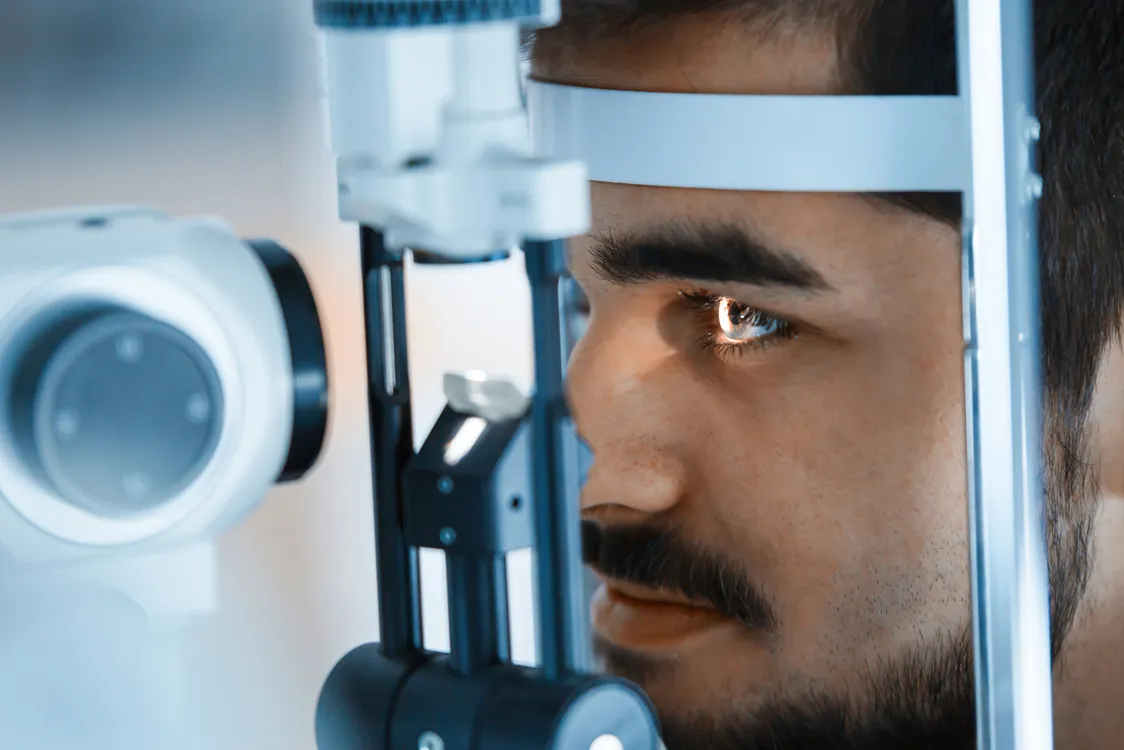Although they are more and more common, flexible, wearable electronics have yet to reach their full potential. This smartwatch technology may soon make it possible to apply precise medical sensors to the skin for health monitoring and diagnostics.
Washington: Researchers are working to create skin-like electronics that combine artificial intelligence to detect potentially serious health issues.
“Intrinsically stretchable neuromorphic devices for on-body processing of health data with artificial intelligence” is the title of the study published in the journal Matter.
Although they are more and more common, flexible, wearable electronics have yet to reach their full potential. This technology may soon make it possible to apply precise medical sensors to the skin for health monitoring and diagnostics. It would be like always having access to a state-of-the-art medical facility.
A project between the Pritzker School of Molecular Engineering at the University of Chicago and the U.S. Department of Energy’s (DOE) Argonne National Laboratory is creating a skin-like device (PME). Sihong Wang, an assistant professor in the UChicago PME who also holds a joint appointment with the Nanoscience and Technology division of Argonne, is in charge of the project.
Future wearable electronics may identify potential health issues, such as heart disease, cancer, or multiple sclerosis, even before overt symptoms manifest. The device could also personally analyze the tracked health data while requiring less wireless transmission. According to the person’s age, medical history, and other factors, different diagnoses for the exact health measurements may be made, according to Wang. “Such a diagnosis is very data-intensive, with health information being continuously gathered over an extended period.”
Such a device would need to gather and analyze enormous amounts of data, far more than even the best smartwatches of today are capable of. And it would need to perform this data processing in a minimal space while using very little power.
The team turned to neuromorphic computing to meet that need. This AI technology simulates how the brain works by using historical data sets and learning from experience. Its benefits include:
- Being compatible with stretchable materials.
- Using less energy.
- Operating more quickly than other types of AI.
Another significant obstacle was the team’s struggle to incorporate the electronics into the stretchable material that resembled skin. The semiconductor is the essential component of every electronic device. This is typically a solid silicon chip in today’s rigid electronics, like those found in computers and cell phones. A highly flexible material that can still conduct electricity is needed for stretchable electronic semiconductors.
A thin film of a plastic semiconductor combined with stretchable gold nanowire electrodes makes up the team’s skin-like neuromorphic “chip.” Their device worked as intended even when stretched to twice its standard size without developing any cracks.
The team created an AI device and trained it to differentiate between four signals indicative of health issues, and a healthy electrocardiogram (ECG) calls for one test. Following training, the machine was more than 95% accurate in recognizing the ECG signals.
Beamline 8-ID-E at the Advanced Photon Source (APS), a DOE Office of Science user facility at Argonne, underwent analysis on the plastic semiconductor as well. The molecules that make up the material of the skin-like device were shown to reorganize upon length doubling by exposure to an intense X-ray beam. To comprehend the material properties better, these results provided molecular-level information.
According to Argonne physicist Joe Strzalka, the APS upgrade will increase the brightness of its X-ray beams by up to 500 times. “We are eager to investigate the device material’s interactions with charged particles and shifting electrical potential in its natural environment. We’ll have a movie of the material’s structural response at the molecular level rather than a snapshot.” It will be possible to measure how soft or hard the material becomes in response to environmental influences because of the improved detectors and increased beamline brightness.
“Our device could one day be a game changer in which everyone can get their health status in a much more effective and frequent way,” continued Wang. “However, still requiring further development on several fronts.”





